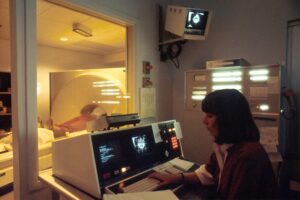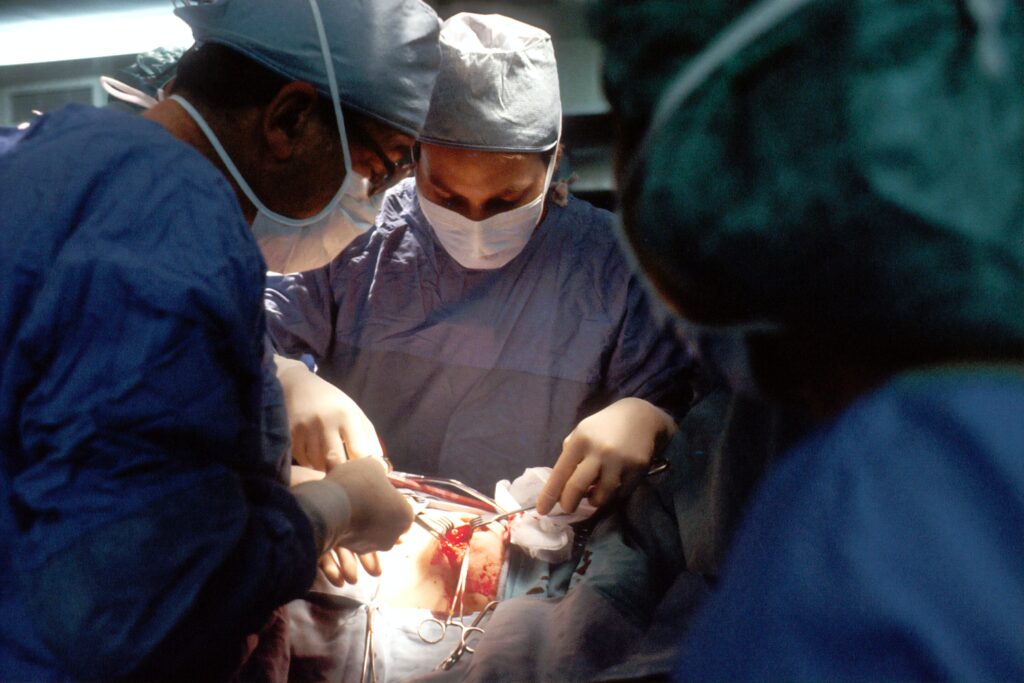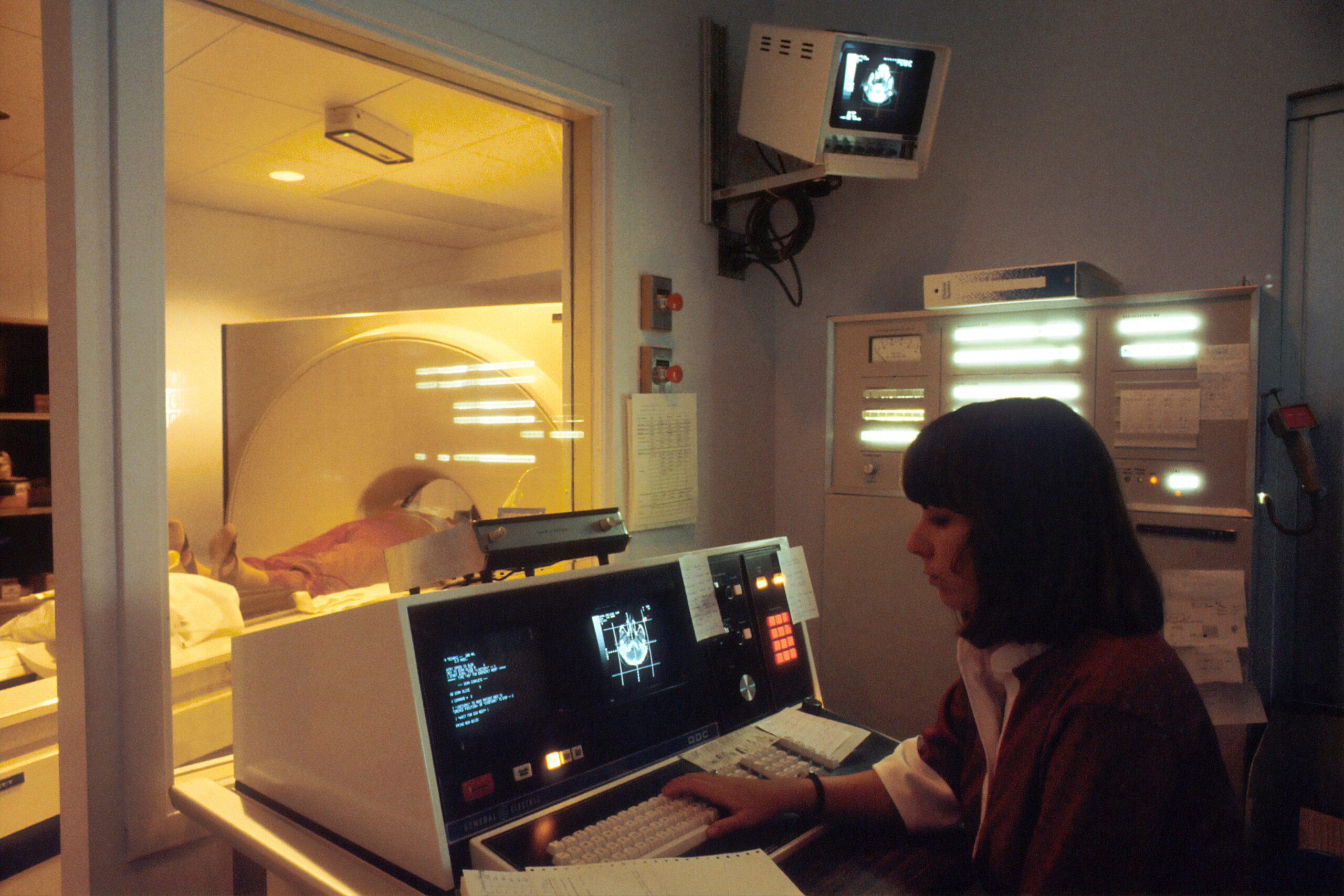Rectum is a part of your large colon that is situated between the colon and the anus. The development of cancer cells in the rectum is called rectal carcinoma.
It is slightly more common in men than women. Also, it is commoner in the aging population with the highest incidence being recorded at age of 50 years.
Risk Factors of Rectal Carcinoma

- Diet
- Obesity
- Smoking
- Lack of physical exercises
- Old age
- Men are more likely to develop than women
- Black people are more prone to get rectal cancer
- Positive family history of a relative having rectal carcinoma
- Certain diseases as inflammatory bowel disease, Crohn’s disease, and ulcerative colitis
- Eating lots of red meat and processed meat
Stages of Rectal Carcinoma
There are three stages of rectal carcinoma according to the Dukes classification.
- Stage A – Growth is limited to the rectal wall and the prognosis is excellent.
- Stage B – Growth extends to extra rectal tissue, but does not involve regional lymph nodes.
- Stage C– Cancer extends to regional lymph nodes.
Clinical Features of Rectal Carcinoma
- Per rectal bleeding – blood is bright red and can be mixed with stools or separate
- Increased need to evacuate rectum even after defecation
- Passage of flatus and little blood-stained mucous during defecation
- Frequent change of bowel habits with a tendency to more frequent defecation and passage of looser stool
- Intermittent episodes of constipation and diarrhea
- In later more advanced stages patients can develop abdominal pain which is severe and intractable
- Loss of weight
- Patient loss their appetite
- Narrow stools
- Tiredness and weakness
Diagnosis of Rectal Carcinoma
- Initially, the doctor will assess you through a descriptive history and then examine you clinically.
- Abdominal examination is normal in the early stages. But in later stages where cancer has spread abdominal distention, enlarged liver, and severely waisted body can be observed.
- At the time of rectal examination, cancer can be palpated most often.
- To confirm the diagnosis a rigid sigmoidoscopy can be done to visualize cancer as well as to get biopsies. A colonoscopy can be done to assess the entire colon and to identify the staging of cancer while looking for any involvement of the colon.
- Computed tomography scan (CT), Magnetic resonance imaging (MRI), and PET scan can also be done to definitive diagnosis of rectal carcinoma and its staging.
Management of Rectal Carcinoma
Surgical Management
- Surgical excision of the tumor is the main method of treatment. In this case several types of surgeries can be done.
- Transanal endoscopic microsurgery is done for small tumors in early stages which have not spread. Furthermore using a special endoscope inserted through your anus the cancer cells will be removed from the rectum.
- Lower anterior resection is the removal of the full or partial rectum while preserving the anus while making it easier for the defects.
- Abdominoperineal resection is done when cancer is situated near the anus. During removal of cancer cells, the rectum, anus, and a part of the colon have to be removed. All along this procedure, you will have to get inserted into a colostomy bag.

Non-surgical Management
- Chemotherapy and radiotherapy can be used before and after surgery. Before the surgery to shrink the tumor and after surgery to kill any remaining cancer cells.
- Immunotherapy can also be given for strengthening the immune system to fight against cancer cells.
Lifestyle Modification

- To prevent the occurrence of rectal carcinomas many lifestyle modification steps can be implemented.
- Stop smoking
- Include regular exercises and maintain a healthy BMI.
- Limit alcohol intake.
- Have a diet that is rich in vegetables, fruits, grains, and green leaves while avoiding red and processed meat.
- Get yourself screened if you have any risk factors.
References
- Bailey and Love’s Short Practice of Surgery- 27th Edition
- Kumar and Clerk’s Clinical Medicine -8th Edition- Parveen Kumar, Michael Clark
- Oxford Handbook of Clinical Medicine – 10th Edition
- Browse’s Introduction to the Symptoms and Signs of Surgical Disease – 4th Edition – Norman L. Browse, John Black, Kevin G. Burnand and William E.G. Thomas

